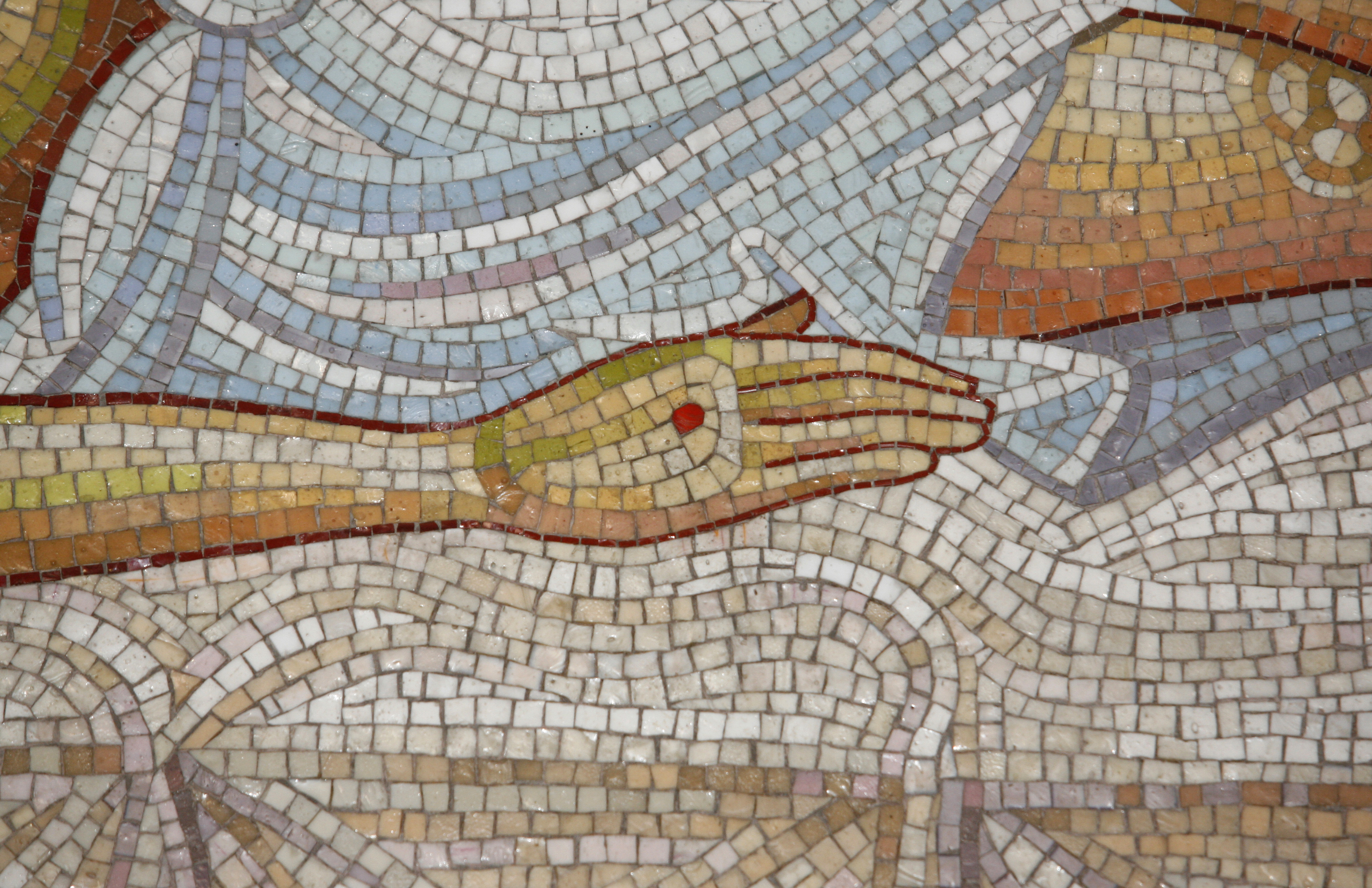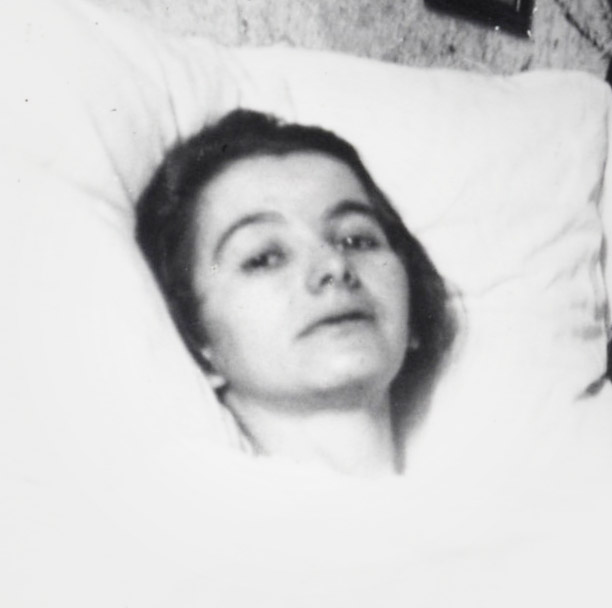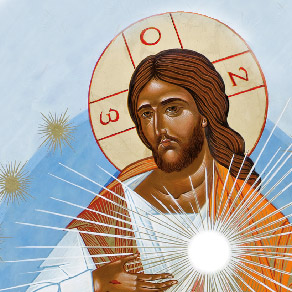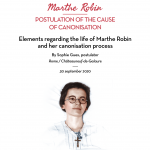Joachim Boufflet : The stigmatics in the Church

Marthe Robin is not the first to have had the privilege of bearing the stigmata. Before her, some great figures also experienced this mysterious union with Christ.
By Joachim BOUFLET – Historian. Author of The stigmatics, Paris, Le Cerf, 1996.
According to the Tradition, St Francis of Assisi was the first to be stigmatised, and in 1224, the miraculous gift of the stigmata, “the amazing mystery that was unheard of in the previous centuries” was fulfilled in him. As signifer Christi, i.e. the standard-bearer of Christ, he was a sign that, by pure grace, man can be elevated by God to the very summit of love and pain which is the effective participation – not only the emotional participation – in the Passion of Jesus Christ, and hence, in his redemptive work. Also, very soon, the stigmata, which were for Francis, only the consummation of being united in perfect joy with the Beloved “who, poor, naked and having drunk bitter wine, was hanging from the cross,” (St Bonaventure, Legenda Major, 9, 2) – a joy that he would translate in his Lauds – have a dimension of atonement and reparation. From the outside, this dimension draws attention to the painful character of the wounds and the dramatic appearance of the bloody ecstasies of the Passion more than the mystery of supernatural joy which is at the origin of the stigmata.
In most cases, the stigmata remain secret
During the centuries that followed the death of Francis (1226), there were reports of many stigmatics – almost always women – the most famous of which was St Catherine of Siena (1347 – 1380), whose wounds, at her request, were not visible to other people. She was at the origin of the idea of invisible stigmata, which is meaningless, given that the stigmata are, by definition, signs. Like Francis of Assisi, she accepted the pain while radiating joy, identifying herself with the person of Jesus to the point of fulfilling in the Church the mission of the Saviour’s mercy.
In most cases, the stigmata remain secret, hidden behind the walls of cloisters or shrouded in secrecy. Indeed, having the stigmata is very difficult because of the rigorous investigations by the religious and, sometimes, civil authorities that are humiliating for those concerned and disruptive to their life of prayer, in addition to which they can be suspected of fraud, or even the object of slander: because of their mortified existence, the heroic practice of the virtues and the living criticism that they embody against the permissiveness or indifference of society and the age, the stigmatics are often as troubling as their divine model. And even though they enjoy the respect of the masses, or even the support of the institution, it is not uncommon for them to be silenced when their voices becomes prophetic: rare are those who, like Osanna Andréasi in Mantua (1149-1505) or Juanna de la Cruz in Spain (1481-1534), were recognised for their role in interceding and bringing peace within the city. More often than not, they are relegated to a life of strict silence and quickly forgotten after an initial period of favour. But all of them, like St Catherine de Ricci (1522-1590) and Veronica Giuliani (1660-1727), experienced the seraphic joy of this wound of mystic love which, according to Saint John of the Cross, inflames the soul with charity and is imprinted in signs of blood in the body.
Unfailing joy and active charity are more important than the stigmata
The 19th century was the golden age of stigmatisation. The first great figure was Anne-Catherine Emmerich (1774-1824), who was recently beatified: in her case, the unfailing joy and active charity, particularly among the poorest people, were obviously more important than the stigmata themselves, which were not so much signs of holiness as a call to greater perfection.
In her wake came figures like Domenica Lazzeri (1815-1848), one of the famous stigmatics of the Tyrol, then Mariam of Jesus Crucified (1846-1878), the little Palestinian saint, who put charity above any authentic union with Christ and considered their wounds and visions as mere epiphenomena. They said this in opposition to certain questionable characters who overdramatised their mystical experiences. Not to mention those cases that were proven to be fraudulent.
The widespread influence of Padre Pio and Therese Neumann
In the 20th century, the most remarkable figure is undoubtedly that of Padre Pio (1887-1968); he was a man – a priest – and for more than fifty years he bore the wounds of Christ. This charismatic saint who was canonised in 2002, was a living image of Jesus crucified. His priestly ministry, which lasted half a century, was prodigious, particularly in the area of the sacrament of reconciliation, and he brought thousands of souls back to God. This did not keep him from his intense involvement in charitable activities, with the creation of the House for the Relief of Suffering, one of the best hospitals at the time, reserved primarily for disadvantaged patients.
Besides Padre Pio, one cannot overlook Therese Neumann (1898-1962), a simple German farm girl whose stigmata and spectacular ecstasies of the Passion drew thousands of the faithful, leading to an incredible movement of prayer and conversion at the height of Nazi Germany’s power. Her cause of beatification has just been opened.
“What is good makes no noise”
It is common today to hear people mention a particular stigmatic whose supernatural gifts and charisms are extolled whenever possible. But, as St Francis de Sales used to say, “what is good makes no noise,” and one should be cautious: rare are the mystical souls who, beyond the mysterious gift of the stigmata, are committed to the great work of pure charity in a discreet and active way…
From the “It is Alive!” monthly – no. 232 – November 2006






